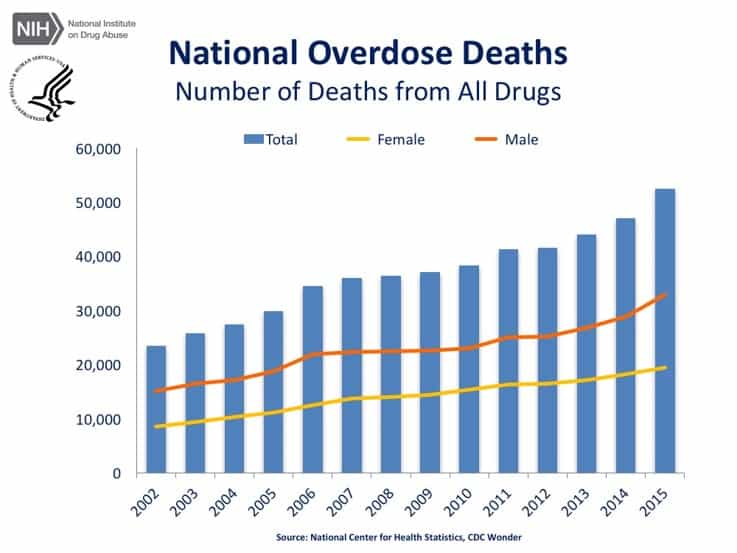For Your Consideration
The Cato Institute released a policy report, “The Coming Transit Apocalypse.” Melodrama aside, the piece draws attention to four challenges transit policy must address: (1) low fuel prices, (2) rising maintenance costs, (3) unfunded obligations of transit systems, and (4) ride-hailing services. Some of the report’s prescriptions are controversial but worth noting in the public debate about our transportation future:
- Reduce reliance on rail transit due to high construction costs and the rise of viable alternatives
- Increase utilization of express and rapid-transit buses
- Pay down debts related to employment benefits
- Subsidize those in need rather than the entire population
In the Weeds
The National Association of State Budget Officers released its annual State Expenditure Report this week which analyzes state spending patterns across the country. While policy wonks will find the full report a trove of useful information, the executive summary will serve most readers well.
Across the country, total state spending was up by 5.2 percent. In North Carolina spending was up 5 percent.
Nationally, Medicaid spending has increased the most in over the last 18 years. North Carolina spending on Medicaid is above the 18-year historical and the current average over the 50 states. Here a quick look at how N.C. looks to historical and current national trends related to total state spending:
| All states ’17 | All states ’95-’17 | N.C. ’16 | |
| Education | 19.4% | 21.0% | 23.6% |
| Higher Ed. | 10.4% | 10.6% | 13.5% |
| Public Assistance | 1.4% | 2.1% | 0.4% |
| Medicaid | 29% | 22.4% | 31% |
| Corrections | 3% | 3.4% | 4.6% |
| Transportation | 8.1% | 8.2% | 10.8% |
| All Other | 28.7% | 32.2% | 16.2% |
Dropping Knowledge
Stateline posted a profile of a new app, ODMAP, that officials are using to map overdoses across the country in real time. Data is notoriously hard and time-consuming to translate between jurisdiction. This app allows law enforcement and public health entities to upload basic information in real time. The applications for public health are endless, not to mention spillover into other policy areas.

Contextual Healing
Holy Cross professor Andrew Hwang posted an interesting piece in The Conversation discussing the pitfalls of interpreting and intuiting large numbers in the news. He does so by reducing the scale of the large numbers and showing what macroeconomics looks like when you translate one penny equals $1 million. Even for readers who are sensitive to perspective bias with large numbers, it is a good refresher with several useful examples. One of our favorite is a demonstration of what it would take an individual to earn $1 billion.
Suppose you landed a job paying $1 per second, or $3,600 per hour. (I assume your actual pay, like mine, is a tiny fraction of this. Indulge the fantasy!) For simplicity, assume you’re paid 24/7.
At this rate, it would take one million seconds to acquire $1 million. How long is that in familiar terms? In round numbers, a million seconds is 17,000 minutes. That’s 280 hours, or 11.6 days. At $1 per second, chances are you can retire comfortably at the end of a month or few.
At the same job, it takes 11,600 days, or about 31.7 years, to accumulate $1 billion: Doable, but you’d better start young.


